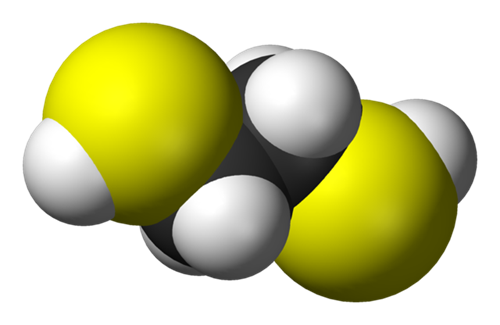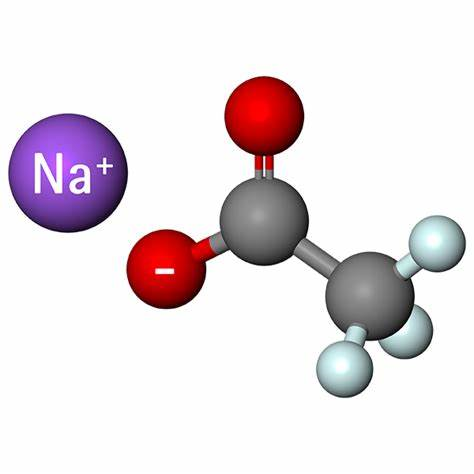1,2-Ethanedithiol: Applications in Light Emitting Diodes and its Health Hazards
Description
1,2-Ethanedithiol has a very characteristic odor which is compared by many people to rotten cabbage. It is a common building block in organic synthesis and an excellent ligand for metal ions.

Preparation
Ethane-1,2-dithiol is made commercially by the reaction of 1,2-dichloroethane with aqueous sodium bisulfide. In the laboratory, it can also be prepared by the action of 1,2-dibromoethane on thiourea followed by hydrolysis.
Applications in Light Emitting Diodes
A novel and facile method to improve the performance of light-emitting devices (LEDs), in which a multilayer colloidal CdSe@ZnS quantum-dots (QDs) was deposited by layer-by-layer spin-coating in combination with 1,2-ethanedithiol (EDT) solid state treatment sequentially to form an emissive layer (EML). The role of EDT treatment is to facilitate the formation of multi-QD layer in LEDs and passivate the surface of QDs, which in turn, modify charge injection properties in QD-LED devices.
Health Hazards
LD50 orally in Rabbit: 120 mg/kg
Hazard Statements
Flammable liquid and vapor;
Toxic if swallowed;
Fatal in contact with skin or if inhaled.
You may like
See also
Lastest Price from 1,2-Ethanedithiol manufacturers

US $10.00/ASSAYS2025-08-26
- CAS:
- 540-63-6
- Min. Order:
- 1ASSAYS
- Purity:
- 99%
- Supply Ability:
- 10 ton

US $1.00/KG2025-04-21
- CAS:
- 540-63-6
- Min. Order:
- 1KG
- Purity:
- 98.0%-100.0%
- Supply Ability:
- 10ton/month


